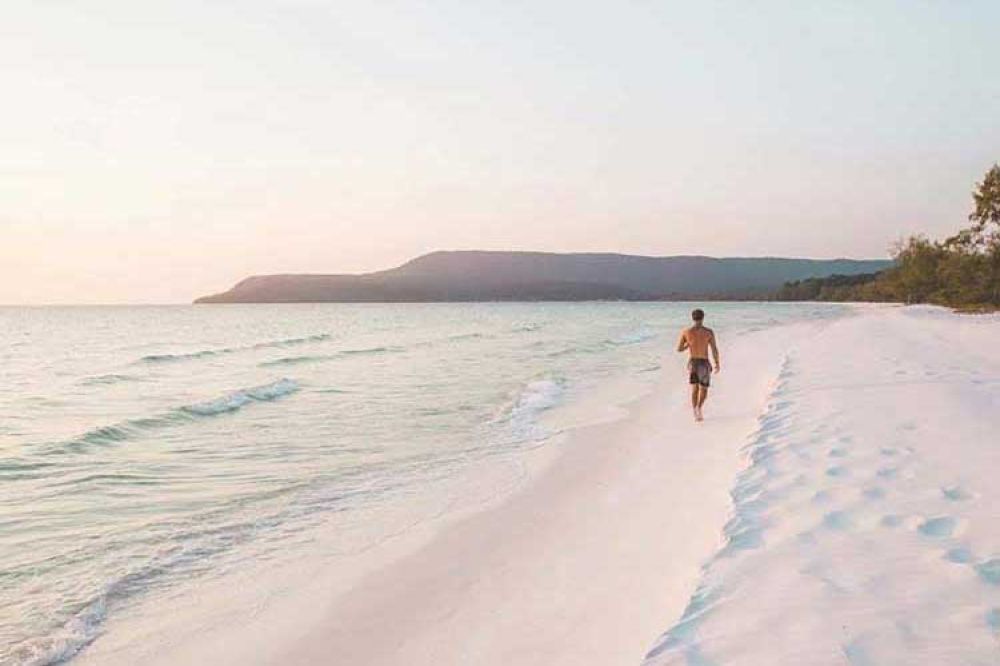

Koh Kong, located in southwestern Cambodia, has been a gem hidden from the eyes of international tourists for many years. This coastal province, with its pristine beaches, lush mangrove forests, and scenic cardamom mountains, is now becoming noticed as a tranquil retreat away from the more touristy parts of Cambodia such as Siem Reap and Phnom Penh. The history of tourism in Koh Kong is relatively recent compared to these ancient capitals that attract history enthusiasts from around the world.
Historically, Koh Kong was just a sleepy fishing village with limited infrastructure and little to attract the average tourist. It was not until the late 20th century that it began to undergo developments that would set the stage for its emerging tourism industry. The region was quite secluded because of its thick forests and challenging terrain, which later became some of its most appreciated attributes.
The turning point for Koh Kong as a tourist destination came after infrastructure improvements in the 1990s and 2000s, such as the construction of the Koh Kong Bridge in 2002, which connected the province to Thailand, and the upgrade of local roads. Additionally, the opening of the Koh Kong International Resort in 1999 provided a cornerstone for tourism development, offering visitors entertainment and lodging options.
With the rise in interest for ecotourism, conservation efforts have been instrumental in promoting Koh Kong. The establishment of the Peam Krasop Wildlife Sanctuary and the Botum Sakor National Park helped to further increase its appeal, allowing tourists to explore and appreciate Cambodia's rich biodiversity and ecosystems. Notably, the Tatai Waterfall and the nearby mangrove forests have become must-visit destinations.
In recent years, initiatives by the government and private entities to develop sustainable tourism have taken root. There is a trend towards promoting community-based tourism that benefits local communities as well as preserving the natural surroundings. Small-scale lodgings and eco-lodges have started to sprout, offering tourists a more intimate experience with nature.
Today, Koh Kong is slowly becoming a destination for those seeking adventure and nature-based experiences. Activities such as trekking, kayaking, and wildlife-watching are increasingly popular, and the beaches in Koh Kong, especially those in the Koh Kong Island area, are praised for their untouched beauty. Koh Kong Beach itself offers a tranquil spot for relaxation, beachfront dining, and a chance to witness magnificent sunsets.
Looking forward, there is a concerted effort to grow tourism in a sustainable and responsible manner. Investments in eco-friendly infrastructures are expected to increase, and there is potential for growth in cultural tourism by showcasing the local Khmer culture. The challenge for Koh Kong will be to balance development and preservation, ensuring that the beauty which draws visitors today will be there for generations to come.
Overall, Koh Kong is still in the early stages of its tourism journey, making it an exciting time for travelers looking to explore a less trodden path and for the province to build a tourism industry that aligns with modern values and sustainability goals.